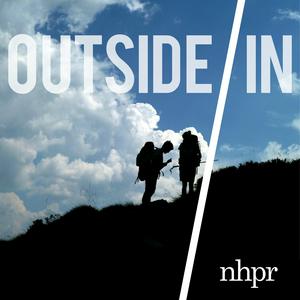On the mend: 8 tips on how to repair your clothes
The garment industry has a giant carbon footprint, labor issues, and a massive waste problem. We have the power to change how and where we shop, but there’s another way to shift our consumption: the practice of repairing our clothes. After all, the most sustainable garment is always the one already hanging in your closet. But mending is more than a household chore: it can also infuse new joy in our habits, skills, perspective, and community.Outside/In producer Justine Paradis talked to a few repair pros and came up with 8 tips on embracing a repair mindset, lengthening the life of our clothes, and getting the practice of mending into the rhythm of our lives. Featuring Emilia Petrarca, Dante Zagros Gonzalez, Steve Foss, Arounna Khounnoraj, Sonali Diddi, Vrylena Olney, Ely Spencer, and Ali Mann.This episode was produced by Justine Paradis. For full credits and transcript, visit outsideinradio.org. LINKSA few extraordinary examples of mending: Celia Pym’s Norwegian Sweater, a Japanese fisherman’s jacket constructed with sashiko, wool coats repaired with lavish embroidery, and a plain white t-shirt mended by Maya Skylark.Look for mending classes at your local library, thrift stores, knitting shops, or other community gathering places. Remote classes are also offered at places like Tatter. You can also find a repair cafe near you, explore starting your own, or try throwing a repair party with friends.“Why Do Clothes Suck Now” – a great primer on Culture StudyA striking visual demonstrating the decline in sweater quality since the ‘90s. How to buy a sweater that doesn’t suck (Defector)“Repair Month” on Emilia Petrarca’s newsletter Shop Rat, including laundry tips and her crowd-sourced Google spreadsheet of repair specialists in NYC and beyond. Hosted by Simplecast, an AdsWizz company. See pcm.adswizz.com for information about our collection and use of personal data for advertising.


